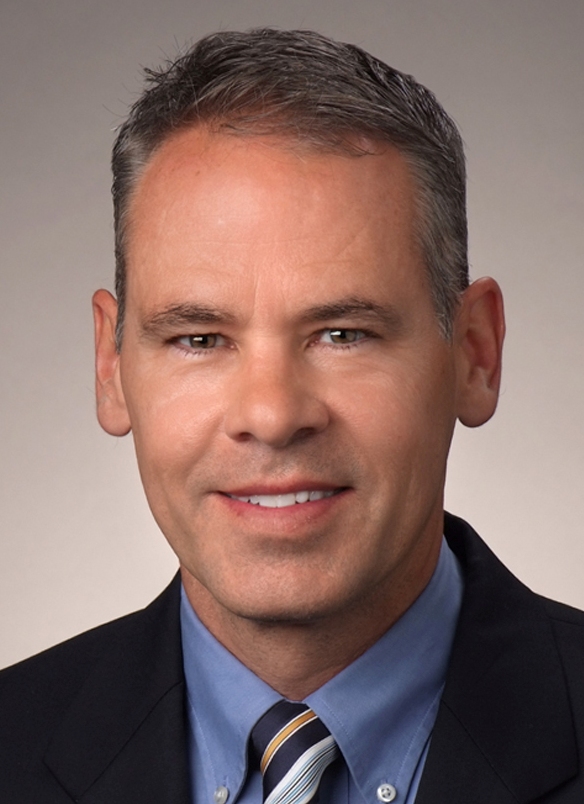
By Stephen J. Augstell , MS, CFP
Americans are not saving enough for
retirement. This is hardly breaking news.
When measured against accepted benchmarks–
85 percent replacement of preretirement
income or 50 percent of preretirement
income, if you factor income from
Social Security–a recent report by the
National Institute on Retirement Security
states that we’re about $14 trillion short on
savings for retirement.
Fortunately, doing a better job saving for
retirement isn’t insurmountable. Americans
have been overcoming challenges since we
were colonists. I was recently reminded of
this when traveling to Concord, Mass., with
my son and we walked along the path where
our country’s history was forged.
So rather than weighing you down with demoralizing statistics, this article can uplift by offering a different perspective on retirement planning.
You are your money manager. The advent of the 401(k) turned everyday workers into money managers. The 401(k) was originally a supplement to a worker’s pension. However, with pensions having gone away for many people, 401(k) plans are now the main source of retirement income for most workers. Another source of retirement income is the individual retirement account (IRA), as workers may not have access to a 401(k) and/or workers may convert their 401(k) to an IRA when they leave their current employer.
In either case, you’re responsible for managing your own money.
Here’s the problem. If you are like most American workers, and statistics suggest you are, you’re both ill-equipped and illprepared to manage your retirement assets.
Making decisions about how much risk to take, which assets to invest in and how much you should invest can be daunting.
Even with a wealth of information on a full range of investment topics at our fingertips, history suggests we need to step back and consider how much risk we’re really taking, regardless of the advice we’re receiving. Risk is a three-legged stool.
Retirement assets declined substantially in the last two bear markets, which suggest workers may be taking too much risk in their investment holdings.
Risk is a three-legged stool, yet most investment tools, data, and so forth are geared toward only one leg, and here lies the problem. The three legs are comprised of a worker’s willingness, ability and need to take risk. It is one’s willingness to take risk that gets all the media attention.
Think back to when you received advice or read about investment risk. You may recall the following question: “What is your risk tolerance?”
Or perhaps you were told what your risk tolerance was, based on your age. But did you happen to consider or were you ever advised about how much risk you actually need to take to meet your goals?
The answer to how much risk you need to take can be found in modeling your retirement using probability analysis. You may be surprised to find you can take less risk and still achieve your goals.
Think of it this way. If two horses were running in the fifth race at Saratoga Race Course, one with 3-to-1 odds and the other horse with 10-to-1 odds, which horse would you bet on if your goals were met regardless of which horse won?
Risk is not exclusive to investments. We face risks throughout life and at different times we must decide whether to accept the risk ourselves or transfer it–in part or in full.
Think of your life as a risk cycle. Early in your career you face risks pertaining to medical costs, property damages and personal liability. As you move through the cycle you may need to consider family members who are dependent on you and manage the risk of unexpected income loss resulting from a disability or death. Later in the cycle, you may have accumulated more assets, such that you need to reevaluate your personal liability risks, the need to further protect your income and how to manage the risk of paying taxes on your accumulated assets.
Last, as you model your spending for retirement, you are faced with the possibility of unexpected expenses, namely skilled and unskilled care costs. As you did earlier in the risk cycle, you must decide to either accept this risk and its inherent costs or opt to transfer the risk in part or in full. Of course, risk transfers do come at a premium, but perhaps it’s better to hedge your bets than a simple roll of the dice.
Ask yourself this question: If you had the option to live in 100 percent of your home with no coverage for damages or 95 percent of your home with full coverage against loss, which option would you choose?
Now imagine that your income, investments and assets make up your “financial house.” Given the same question, what would you do? Live such that you use all your financial assets with no coverage for damages or use 95 percent of your assets and protect them from an unexpected loss? In both scenarios, the latter seems more prudent.
Last, if you are in the midst of college planning, remember what the flight attendant recommends prior to takeoff. “If you are seated next to a child, please place the oxygen mask on yourself first, and then place the oxygen mask on the child.” In other words, pay yourself first. Your own financial independence is an immeasurable gift to your child–and yourself.
Augstell is senior vice president for Key Private Bank.
Photo Courtesy of Key Bank
